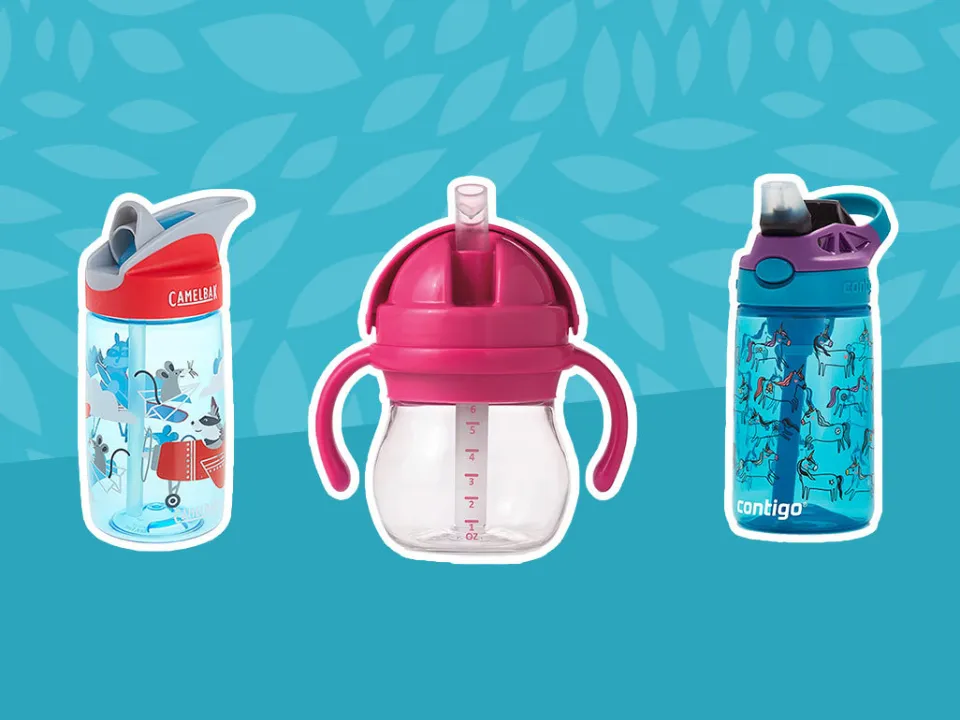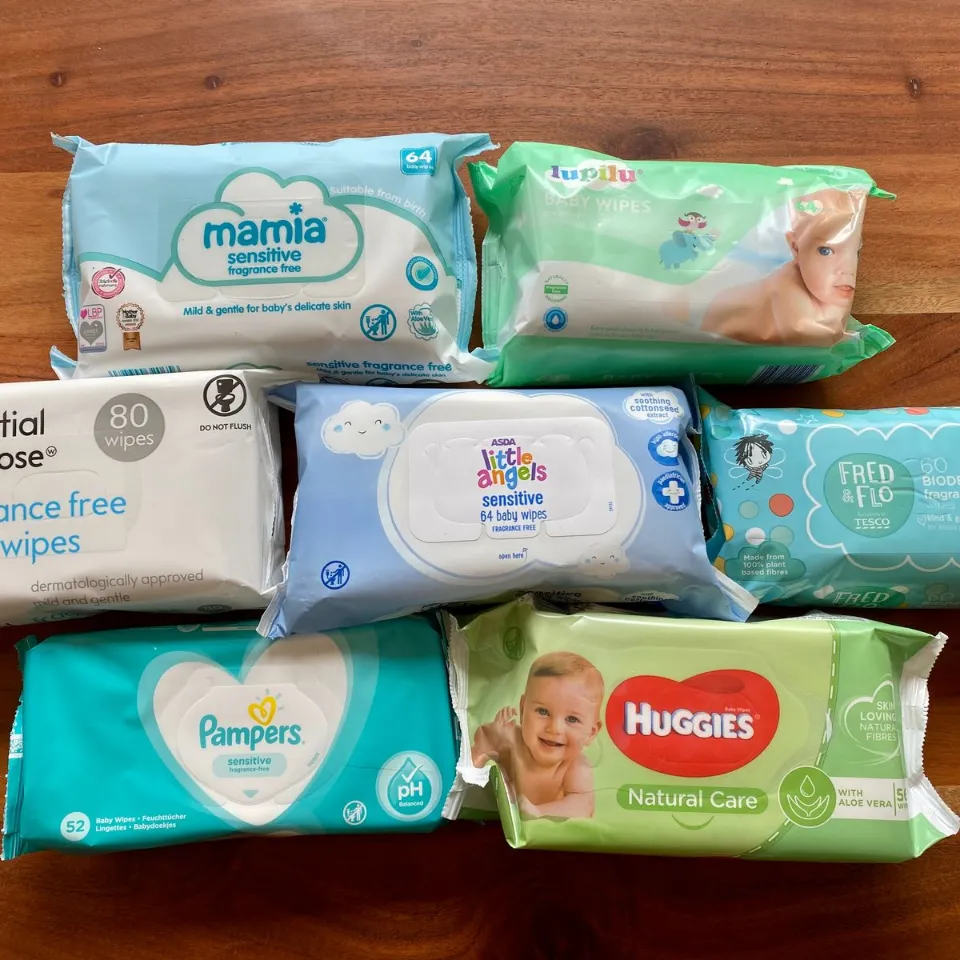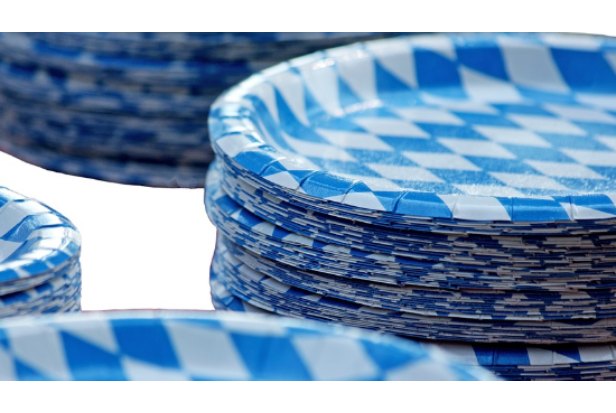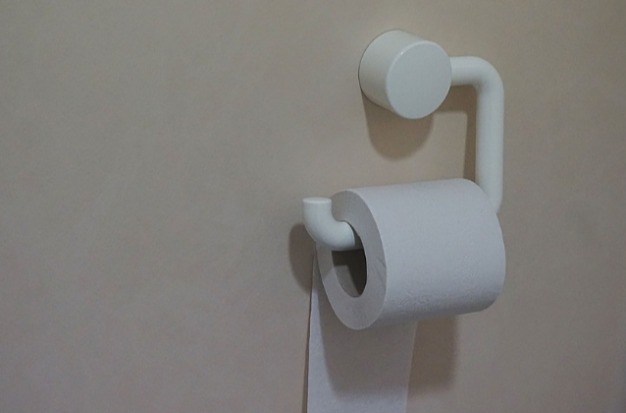Pediatricians advise weaning your baby from the bottle (whether it contains breastmilk or formula) and switching to a toddler cup when they are between 12 and 24 months old, whether or not you decide to nurse your child throughout the toddler years.
Older babies and toddlers can learn to sip by using straw cups. He or she is toning the cheek, lip, and tongue muscles by drinking through a straw.
Your baby can practice using their face muscles, tongue, and soft palate, all of which are related to speech and feeding, by switching from the bottle to a toddler cup (for all liquids other than those taken directly from the breast).
The advantages of your child using a straw over a sippy cup are explained in this scientific article.
Differences in the Development of Oral Muscles
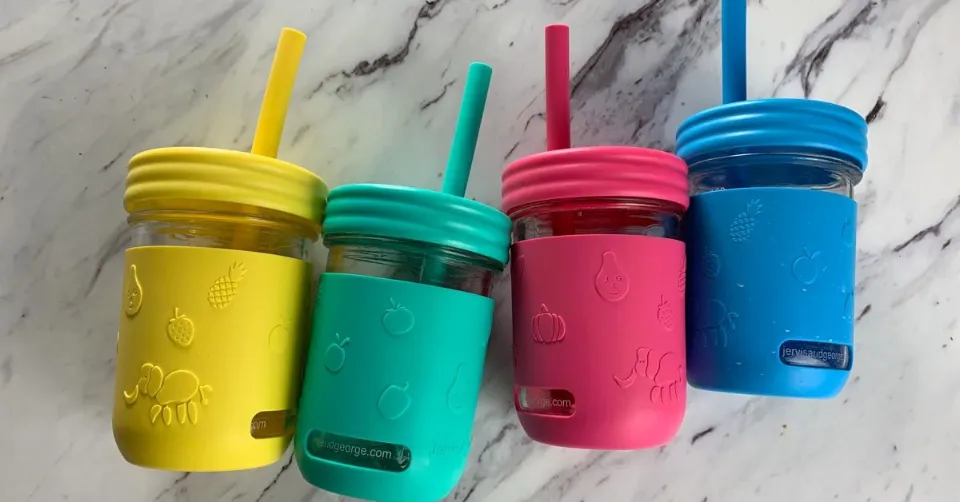
Sippy Cups Can Delay Muscle Development
Did you know that as a child grows, their suckling and swallowing patterns change? When nursing or taking a bottle, babies use what is referred to as anterior-posterior tongue movement (from the front to the back of the mouth). Baby swallow patterns typically mature around the age of one. To push liquids into their throats, their tongue’s tip makes a wave motion as it touches the roof of their mouth, which is located just behind the top teeth. You’ll see that a child’s tongue cannot reach that area if you picture a sippy cup with a hard spout in the child’s mouth. A child may struggle to chew and swallow new food textures if they don’t have practice learning and developing this more sophisticated way of using their tongue to swallow.
Straws Strengthen Oral Muscles
Your child will learn this more complex method of sucking and swallowing if they drink from a straw. He or she is toning the cheek, lip, and tongue muscles by drinking through a straw. Instead of using a “suckling” method of drinking (like with traditional sippy cups), little ones are able to practice using the mature pattern of swallowing that will allow him or her to safely drink and eat. Added good news regarding the use of straws? It does not imply that you will have to clean up additional spills. There are many excellent cups like this Thinkbaby cup that have a no-spill straw available.
Should I Use a Straw Cup Or a Sippy Cup?
When it comes to your child’s oral structure, oral motor strength and movement, and speech development, take these factors into account when it’s time to switch from a bottle to a cup. There are several types of sippy cups available, some with hard spouts and some with soft ones, as well as straw cups.
Given the aforementioned areas of development, a straw cup is the better option out of these two. By encouraging the tongue to rest in the proper position for future speech development and a proper swallow pattern, a straw cup will aid in the development of lip, cheek, and tongue strength. A frontal lingual lisp is frequently caused by using a sippy cup, which encourages a tongue-resting position that is forward.
Placing the tongue between the teeth to produce the sounds “s” and “z” is known as a frontal lingual lisp. Because of the tongue’s tendency to do this, the upper incisors are frequently forced forward, necessitating the use of braces down the road. The upper teeth are pushed forward and outward when sucking on a sippy cup, which encourages a tongue-thrust swallowing pattern. Prior to using braces, speech therapy would be required to alter this swallowing pattern.
Making a honey bear straw cup or buying one from www.talktools.com are both excellent ways to teach your child how to use a straw cup. Until your child learns to do this independently, you can gently squeeze liquid up the straw in this cup for him or her to drink. You can purchase honey in a plastic honey bear at your neighborhood grocery store to make your own honey bear straw cup. To make a straw, buy some plastic tubing.
You can keep or remove the honey bear lid. Remove the honey, clean the container, and it doesn’t matter. You can now begin teaching your child how to use a straw after you have fitted the plastic tubing into the pour spout. The plastic tube used in the straw must be regarded as safe for oral consumption. You can either order it from Talk Tools at www.talktools.com/honey-bear-replacement-straw or try to find refrigerator water tubing at a home improvement retailer.
Helping Vs. Hindering Speech Development
Sippy Cups Can Impede Proper Speech Development
A child may begin to display signs of a speech delay if they frequently or for an extended period of time use a pacifier or a sippy cup with a hard spout. This is because speaking requires the use of mouth muscles that a child may not be developing and strengthening while drinking from a sippy cup. Children who frequently use sippy cups may occasionally position their tongues more forward in their mouths. Doing this instead of “tucking” it on that bumpy ridge (known as the alveolar ridge) behind the top front teeth can stop speech and language skills from advancing. The tongue has to be strong and coordinated enough to make sounds like “T”, “D”, and “L”. According to research, a child’s ability to utter speech sounds correlates with the location of the tongue during swallowing.
Straw Drinking Supports Speech Abilities
Parents typically look forward to their child’s first word when they switch their child from a bottle to a cup (around the age of one). By tightly enclosing the straw when a child drinks from it, the lips are strengthened. These lip muscles are also needed for little ones to produce early consonant sounds like “M”, “P”, and “B”. Use a lip block or consider shortening the straw’s tip to deter your child from putting the straw too far into their mouth or biting it. No matter where you are, reusable silicone straws are convenient and simple to insert into your child’s cup. You can save your child from the drawbacks of developing mouth breathing by having them drink from a straw, which encourages them to keep their tongue in the proper position.
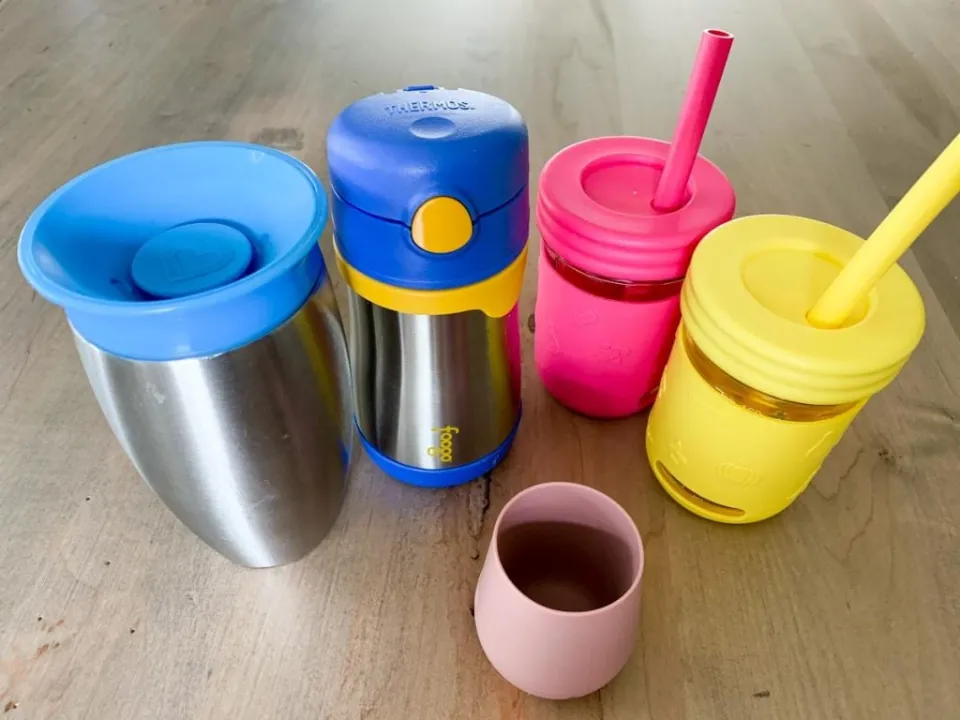
Consider Consulting a Speech-Language Pathologist
A Speech-Language Pathologist (also known as a “Speech Therapist”) can assess your child’s speech, language, and feeding skills. Consider scheduling an evaluation if you believe your child is experiencing difficulty switching from a bottle to a cup, using a straw to drink, or is showing signs of speech or language delay. Following an initial evaluation, the speech therapist can offer you suggestions and techniques for assisting your child in these areas. Additionally, consistent therapy sessions might be suggested to help your child’s feeding and speech abilities. TherapyWorks offers safe, practical, and efficient in-home and teletherapy services for speech, occupational, feeding, and physical therapy.
Bottom Line
Sippy cups (without a valve) should only be used as a teaching tool for a few months. An open cup is the next step once your child can pick up the cup and tip it to drink from it.
Straw cups are also a transitional item; however, in some circumstances, they can still be helpful, so long as they are only used occasionally. To help avoid spills on a long car or plane ride, a straw cup might be a good choice. A spout cup (without the internal straw) is another option; however, your child will need to tip the cup up in order to drink from one of these.
But in the end, open cups should be used the majority of the time to make sure that your child’s mouth and tongue are growing properly.
